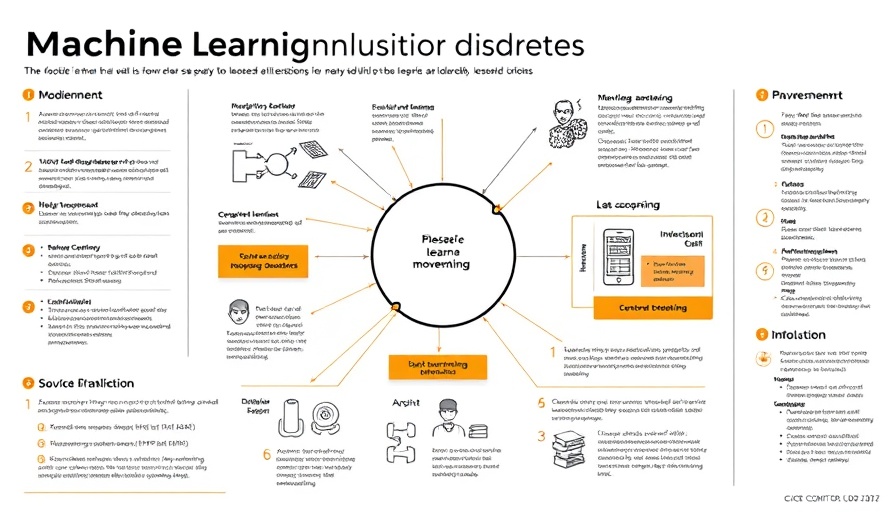
Unraveling Movement Disorders: The Role of Machine Learning
In a groundbreaking initiative from the Expertise Center for Movement Disorders in Groningen, researchers employed machine learning (ML), a subset of artificial intelligence (AI), to distinguish between tremors and myoclonus, two movement disorders often confused due to overlapping symptoms. This innovative approach is part of the Next Move in Movement Disorders (NEMO) project, led by Prof. Marina de Koning-Tijssen. It represents a significant leap forward in the accurate diagnosis and treatment of these conditions.
Understanding Tremor vs. Myoclonus
Tremors and myoclonus may appear similar but require vastly different treatment protocols. Tremor generally manifests as rhythmic shaking, commonly seen in Parkinson's disease and essential tremor, while myoclonus involves brief, shock-like muscle jerks that can occur without warning. By applying machine learning algorithms to analyze patient data, researchers like Elina van den Brandhof have shown that these two disorders can be accurately differentiated, leading to improved treatment plans tailored to individual patients.
The Importance of Accurate Diagnosis in Neurology
The overlap in symptoms among various movement disorders complicates diagnosis, often leading to mismanagement of treatment. The new ML techniques pave the way for more precise diagnoses, which can enhance care quality through targeted treatments. Prof. de Koning-Tijssen emphasizes, "The application of intelligent systems allows us to recognize and confirm diagnoses faster, opening the door to better care for our patients." This innovative approach not only improves the patients' experience but also aligns with the goals of personalized medicine.
A Broader Perspective: AI in Healthcare
The implications of machine learning extend far beyond movement disorders. The potential for AI systems to process complex medical data heralds a new era in healthcare, enabling practitioners in various fields to harness accurate diagnostic tools and insights. As these technologies become commonplace, the standard of care across multiple domains is likely to elevate significantly, fostering a system where treatments can be exquisitely tailored to individuals' unique health profiles, leading to optimal health and wellness.
The Future of Movement Disorder Treatment
With advancements in AI and machine learning, future treatment protocols for movement disorders are likely to shift dramatically. The capabilities demonstrated by the NEMO project signal the potential for similar methodologies to revolutionize how neurologists approach diagnosis and treatment across numerous conditions. As the field progresses, we may see enhanced integration of these technologies within healthcare systems, potentially altering the landscape of patient care.
Actionable Insights for Health and Wellness
For patients and caregivers dealing with movement disorders, understanding these advancements can significantly affect choices regarding diagnosis and treatment. It is crucial to advocate for the latest in diagnostic tools—especially those leveraging AI. As awareness of these technologies spreads, patients can seek specialists equipped with modern methods, such as ML-enabled diagnostic systems, thus aiming for the highest quality of care.
Conclusions: Lifelong Health and Wellness
This pioneering research underscores the importance of embracing technological innovations within healthcare, especially as they relate to improving patient outcomes. By staying informed about these developments, patients can better navigate their health journeys and engage in discussions that promote optimal health and wellness.
If you or a loved one is navigating the complexities of movement disorders, consider seeking out healthcare professionals who utilize cutting-edge diagnostic tools like those mentioned in the NEMO project. Aligning with clinics that integrate AI advancements can provide access to the personalized care that can significantly impact well-being and quality of life.
 Add Row
Add Row  Add
Add 




 Add Row
Add Row  Add
Add 


Write A Comment